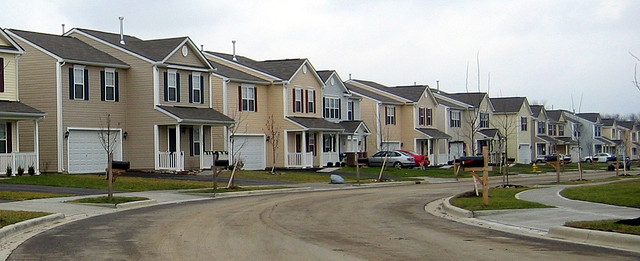If you want to understand your audience, you need to understand the population that your audience is drawn from. The lifestyles; levels of affluence; typical household composition; employment status, age and gender of the individuals in your catchment area will all play a part in determining who your current or potential audience could be – and by understanding the context that you’re working within, you can design your programming and activity to meet and match the needs of specific population groups around you.
The good news is that accessing really good quality, reliable information about the population around your organisation or venue is not as difficult as you might think.
There’s a wealth of contextual information available from a range of online sources that anyone can access, giving you a head start when it comes to understanding:
- Population facts and figures: how many people; their age and gender; population growth or decline;
- Household information: how many households; growth or decline in numbers; typical household and dwelling types;
- Young people: how many there are; is the population rising or falling; what gender; what are they doing;
- Employment and unemployment: the statistics; age of the working population; the types of work that people do;
- Behaviours: for instance, the extent of volunteering or arts attendance in your area.
Our research team have picked out their Top 7 Must-Use Research Sources for cultural organisations and arts marketers seeking to access information of this kind in Scotland:
1: Scotland’s Census 2011
Key sections include data on populations; identity; health; housing; education and labour. Generates interactive reporting.
2: Scottish Household Survey
The survey is designed to provide accurate, up-to-date information about the characteristics, attitudes and behaviour of Scottish households and individuals on a range of issues.
Includes in-depth local information including around participation in cultural events. The Culture and Sport module (SHS Culture Publications) encompasses variables such as the extent of cultural participation and attendance; reasons for these behaviours, and perceived barriers to attendance and participation.
3: Scottish Neighbourhood Statistics
Scottish Neighbourhood Statistics (SNS) is the Scottish Government’s ongoing programme to improve the availability, consistency and accessibility of detailed statistics broken down to ‘small area’ level.
Enter a postcode to generate highly detailed maps or data tables including information on population; economic activity & benefits; health; education and training; housing; index of deprivation; crime and justice; physical environment; access to services and geographical classification.
4: Scottish Index of Multiple Deprivation
The Scottish Index of Multiple Deprivation (SIMD) identifies small-area concentrations of multiple deprivation across all of Scotland in a way that is nationally consistent. It allows effective targeting of policies and funding where the aim is to wholly or partly tackle or take account of areas of multiple deprivation, and features interactive mapping to help you explore your area.
5: Understanding Society: Culture, Arts & Leisure in the UK Regions
Understanding Society is a unique and valuable academic study from the Department of Culture, Arts and Leisure in Northern Ireland, that captures important information every year about the social and economic circumstances and attitudes of people living in 40,000 UK households. Whilst the focus of the report is ostensibly on Northern Ireland, it includes comparison data broken down by UK country and as such represents a useful information source for anyone with an interest in cultural engagement in Scotland.
6: Scottish Visitor Attraction Barometer
Since 1999, The Moffat Centre has worked on behalf of VisitScotland to compile the national statistical performance indicators of the country’s cultural tourism attractions. The most recent of these reports is for 2010.
The annual Visitor Attraction Monitor supplies detailed data on around 700 participating Scottish attractions. It is used at a local and national government level to inform policy as well as being an important tool of analysis.
7: Scottish Tourism Statistics
VisitScotland uses a suite of statistical surveys which combine to monitor the progress of tourism in Scotland. The data includes information drawn from a range of sources, focusing on domestic tourism from within Scotland and Great Britain; international tourism; accommodation occupancy and day visits. A section is devoted to Cultural Tourism, including built and historical heritage (buildings castles, stately homes); cultural heritage (museums, galleries, performing arts, culinary culture) and contemporary culture (music, film/TV, fashion).
Survey findings are summarised in monthly and annual ‘snapshot’ reports.
